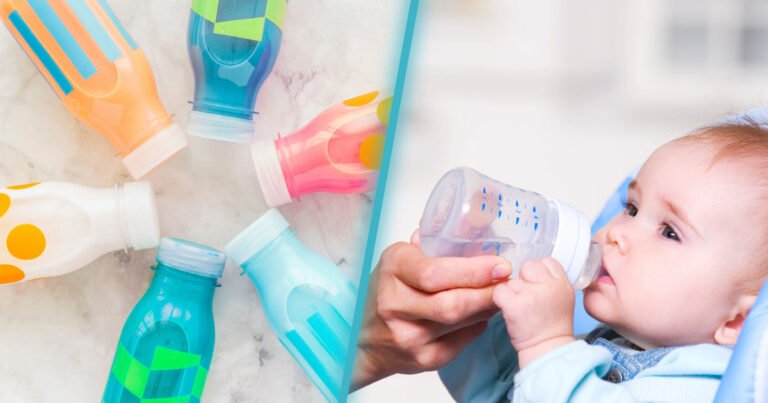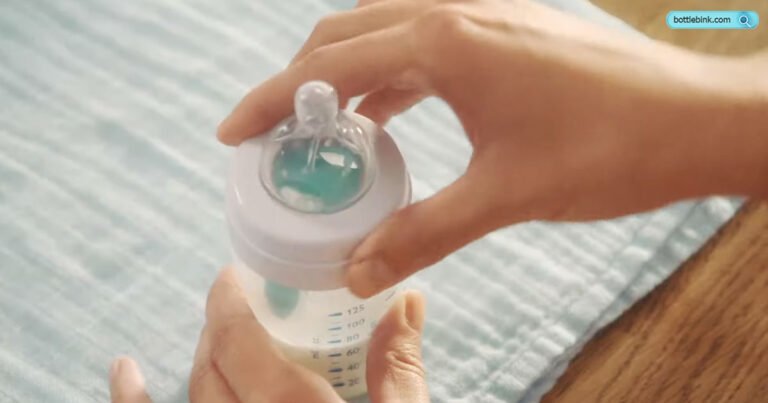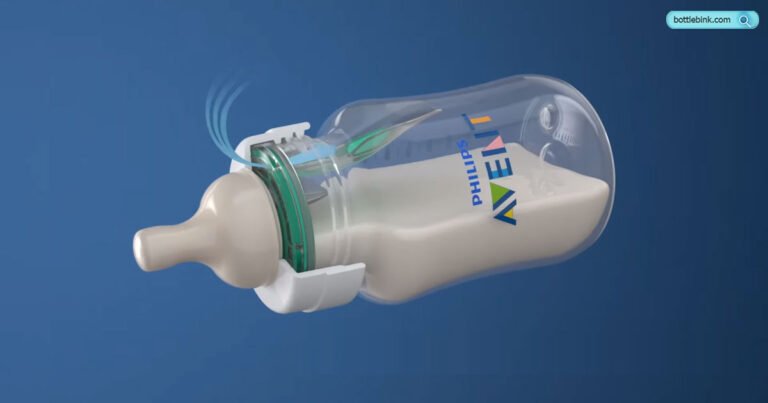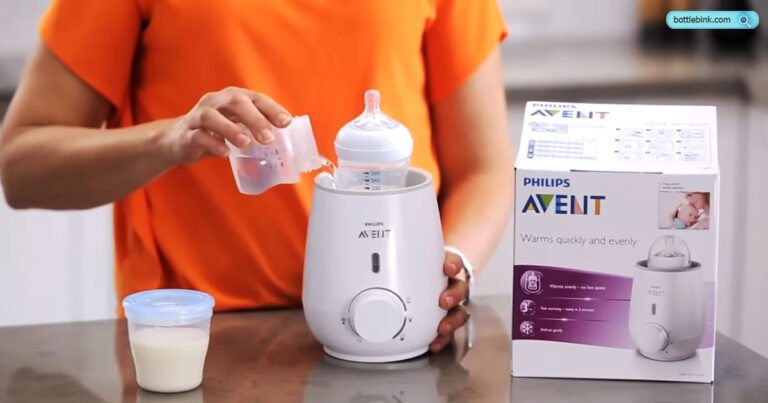How to Warm Up Baby Bottle : Expert Tips for Safe Heating
To warm a baby bottle quickly, place the bottle in a container of warm water or run warm tap water over the bottle for a few minutes. It is important to avoid using a microwave to heat the bottle as it can create uneven hot spots that may burn the baby’s mouth and throat.
While warming the bottle is not necessary, some people prefer to do so. By following these methods, you can safely warm your baby’s bottle without compromising their safety. Remember to always test the temperature of the milk or formula before feeding your baby.
Choosing The Right Method
Choosing the Right Method to warm up a baby bottle is crucial for ensuring the safety and satisfaction of your little one. There are various approaches to consider when it comes to warming a baby’s bottle, and it’s important to select the most suitable method based on your baby’s needs and the time available. Here are some factors to consider when choosing the right method:
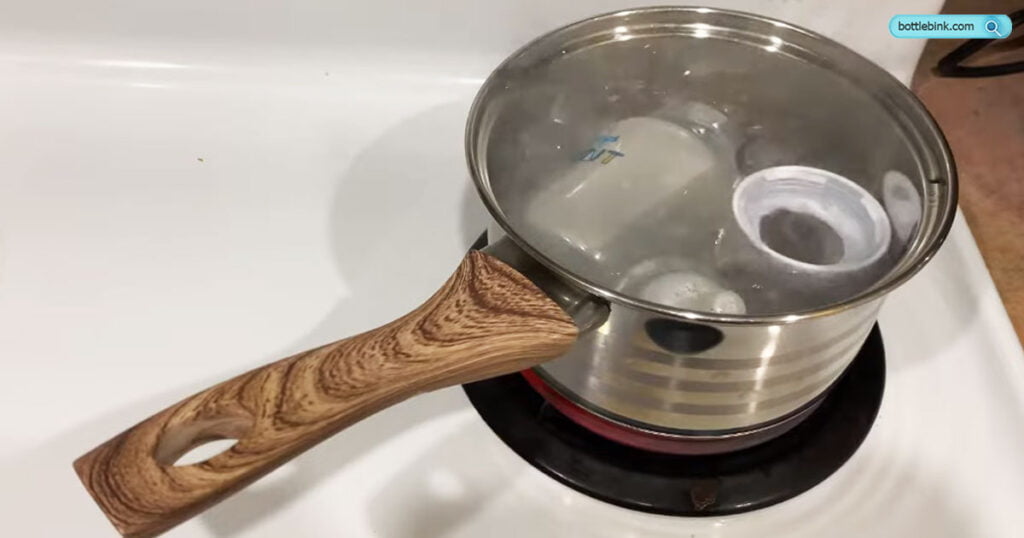
Assessing Baby’s Needs
It’s essential to assess your baby’s preferences and needs when it comes to warming their bottle. Some babies may have specific temperature preferences, so understanding your baby’s feeding habits and comfort levels is important. Consider whether your baby prefers a warmer or cooler temperature for their milk, as this can impact the method you choose to warm the bottle.
Considering Time Constraints
Time constraints can also play a role in determining the most suitable method for warming a baby’s bottle. If you’re dealing with time limitations, such as when you’re on-the-go or have a hungry and fussy baby, you’ll want to opt for a method that is quick and convenient, such as using a portable bottle warmer or running warm tap water over the bottle.
Preparing The Bottle
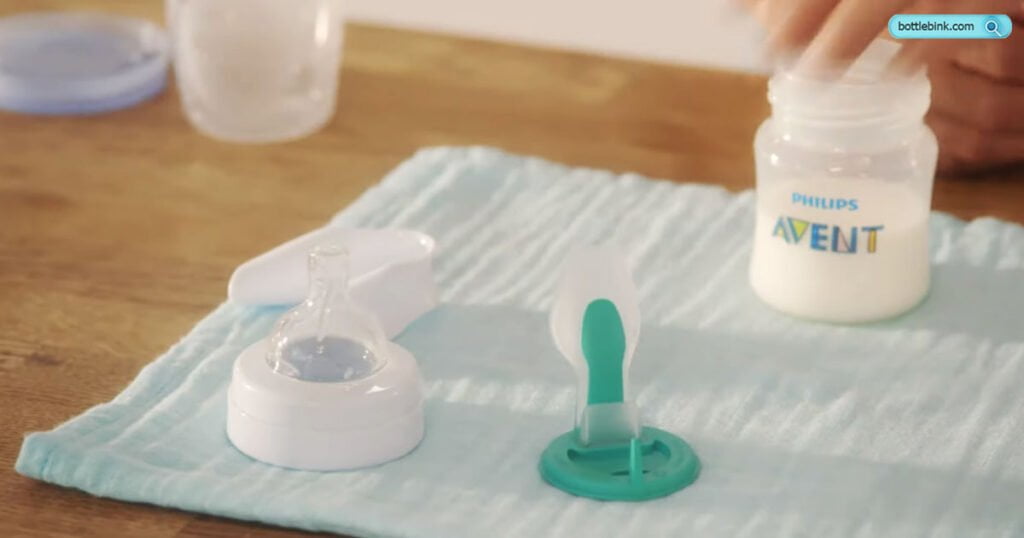
To warm a baby bottle, avoid using a microwave as it can create uneven heating. Instead, warm the bottle in warm (not boiling) water by placing it in a container of warm water for a few minutes or running warm tap water over the bottle.
This ensures safe and even warming for your baby’s milk or formula.
Gathering Necessary Materials
Before you begin warming up your baby’s bottle, make sure you have all the necessary materials. It’s important to have everything you need within reach to ensure a smooth process and minimal disruption for your baby. Here are the materials you’ll need:
- A baby bottle filled with breast milk or formula
- A bottle warmer or warm water
- A timer or stopwatch
- A clean towel or cloth
Checking The Temperature Of The Milk
When warming up a baby bottle, it’s crucial to check the temperature of the milk to ensure it’s not too hot for your little one. Here’s how you can do it:
- Shake the bottle gently to distribute the heat evenly.
- Place a few drops of milk on the inside of your wrist.
- Wait a few seconds to feel the temperature of the milk against your skin.
Remember, the milk should feel warm, not hot. If it’s too hot, it can burn your baby’s mouth and throat. If it’s too cold, your baby may not find it appetizing. Adjust the warming time accordingly to achieve the desired temperature.
By following these simple steps, you can successfully prepare your baby’s bottle and ensure it’s at the right temperature for feeding. Remember to always prioritize your baby’s safety and comfort when warming up their bottle.
Heating Options
To warm up a baby bottle safely and quickly, avoid using the microwave. Instead, place the bottle in a container of warm water for a few minutes or run warm tap water over it. This will ensure that the milk or formula is heated evenly without the risk of “hot spots” that can harm the baby’s mouth and throat.
When it comes to warming up a baby bottle, there are a few different heating options to choose from. It’s important to warm the bottle safely and avoid using a microwave, as it can heat the milk unevenly and create hot spots that can burn your baby’s mouth and throat. In this section, we’ll explore two popular methods:
Using A Bottle Warmer
If you’re looking for a convenient and efficient way to warm your baby’s bottle, a bottle warmer is a great choice. Bottle warmers are designed specifically for this purpose and ensure uniform heating throughout the bottle. Here’s how you can use a bottle warmer to warm up your baby’s bottle:
- Fill the bottle warmer with the appropriate amount of water according to the manufacturer’s instructions.
- Place the bottle in the warmer and adjust the settings to the desired temperature.
- Wait for the bottle warmer to heat the milk to the desired temperature. Most bottle warmers have a built-in timer or indicator that will let you know when the milk is ready.
- Once the milk is warmed, carefully remove the bottle from the warmer and test the temperature before feeding your baby.
Using a bottle warmer provides a quick and efficient way to warm your baby’s bottle without the risk of overheating or creating hot spots. Just make sure to always follow the manufacturer’s instructions for your specific bottle warmer model.
Using Warm Water
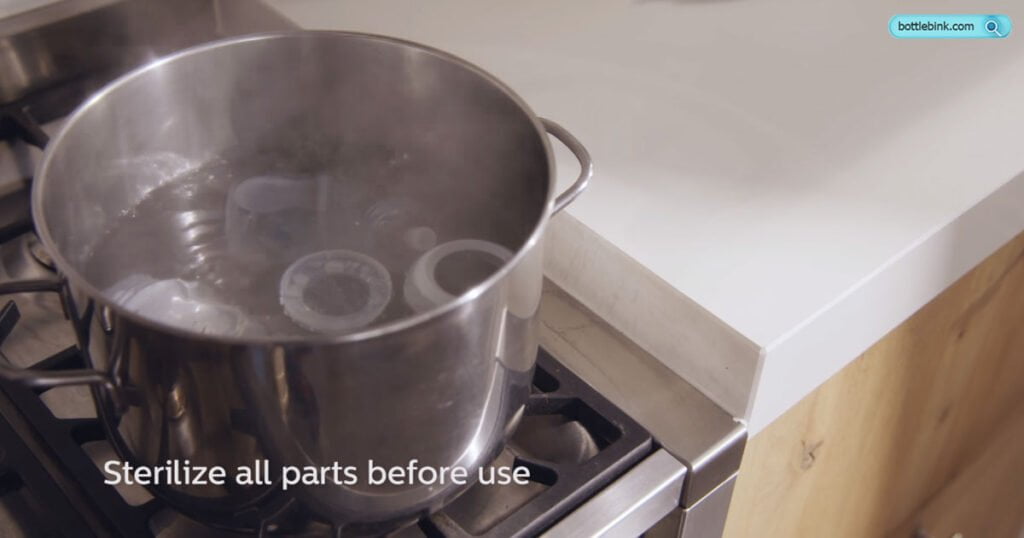
If you don’t have a bottle warmer or prefer a more traditional method, you can use warm water to heat your baby’s bottle. Here are two simple ways to do this:
- Put the bottle in a container of warm water for a few minutes. Make sure the water is warm, not boiling, to avoid overheating the milk. Gently shake the bottle periodically to distribute the heat evenly.
- Alternatively, you can run warm tap water over the bottle for a few minutes. Again, make sure the water is warm and not too hot. Rotate the bottle to ensure all sides are warmed evenly.
Using warm water is an easy and accessible method for warming your baby’s bottle, especially when you’re on the go or don’t have access to a bottle warmer. Just remember to always test the temperature of the milk before feeding your baby to avoid any surprises.
To wrap up, when it comes to heating options for baby bottles, using a bottle warmer or warm water are two reliable and safe methods. Choose the option that works best for you and your baby’s needs, ensuring that the milk is warmed to a comfortable temperature for feeding.
Safety Measures
Ensuring the safety of your baby during bottle warming is crucial. There are several safety measures to consider to prevent any burns or injuries. Let’s explore the important safety precautions you should take when warming a baby bottle.
Avoiding Hot Spots
Avoiding hot spots in the baby bottle is essential to prevent any burns. Mixing the heated milk thoroughly can help eliminate hot pockets within the liquid. Shake the bottle gently or swirl the milk to distribute the heat evenly. Also, use bottle warmers that ensure uniform warming to prevent any hot spots.
Testing The Temperature

Before feeding the baby, always test the temperature of the milk to ensure it’s safe. To do this, drop a few droplets on your inner wrist to check that it is comfortably warm. Avoid using the microwave to warm baby bottles, as it can cause uneven heating and create dangerous hot spots within the liquid.
Another method to test the temperature is by using a bottle thermometer. This handy tool allows you to check the milk’s temperature to ensure it’s safe for your little one to consume before feeding them.
Remember, taking proper safety measures when warming a baby bottle is crucial to keep your baby safe and healthy. Always test the milk’s temperature and avoid hot spots for a worry-free feeding experience.
Feeding Time
Feeding time is a special bonding moment for both baby and caregiver. It is crucial to ensure that your little one is comfortable and the milk flows smoothly during the feeding process.
Comforting The Baby
Comforting the baby during feeding is essential for a peaceful experience. Provide a cozy setting with soft lighting and gentle background music to create a calming atmosphere.
- Hold your baby close to your chest for a sense of security
- Maintain eye contact and talk to your baby in a soothing tone
- Burp your baby gently between feedings to prevent discomfort
Ensuring Proper Flow
Ensuring a proper flow of milk is crucial for the baby’s feeding. Pay attention to the temperature of the milk and how it is warmed to prevent any issues.
- Avoid using a microwave to warm the bottle due to uneven heating
- Opt for warming the bottle in warm water for a few minutes
- Utilize a bottle warmer for a more controlled and even warming process
FAQs On How To Warm Up Baby Bottle
What Is The Quickest Way To Warm A Baby Bottle?
The quickest way to warm a baby bottle is by either placing the bottle in warm water for a few minutes or running warm tap water over the bottle for a few minutes. Never use a microwave as it can heat the bottle unevenly and cause “hot spots” that can burn your baby’s mouth.
Do Baby Bottles Need To Be Warmed?
Yes, baby bottles don’t need to be warmed, but some prefer warm milk. If warming, avoid microwaves. Use warm water, not boiling, for a few minutes. Microwaves create hot spots and can burn your baby’s mouth.
Can I Warm Up Baby Bottle In Microwave?
To warm a baby bottle, use warm water, not a microwave. Place the bottle in warm water or run warm tap water over it for a few minutes.
How Do You Warm Up A Milk Bottle?
To warm a milk bottle, place it in warm water or run warm tap water over it for a few minutes. Avoid using a microwave to prevent hot spots that can burn the baby.
Conclusion
When it comes to warming baby bottles, safety is key. Remember to never use a microwave, as it can create uneven heat. Instead, opt for the safer methods of warming the bottle in warm water or using a bottle warmer.
Prioritizing your baby’s safety is always the top priority.

